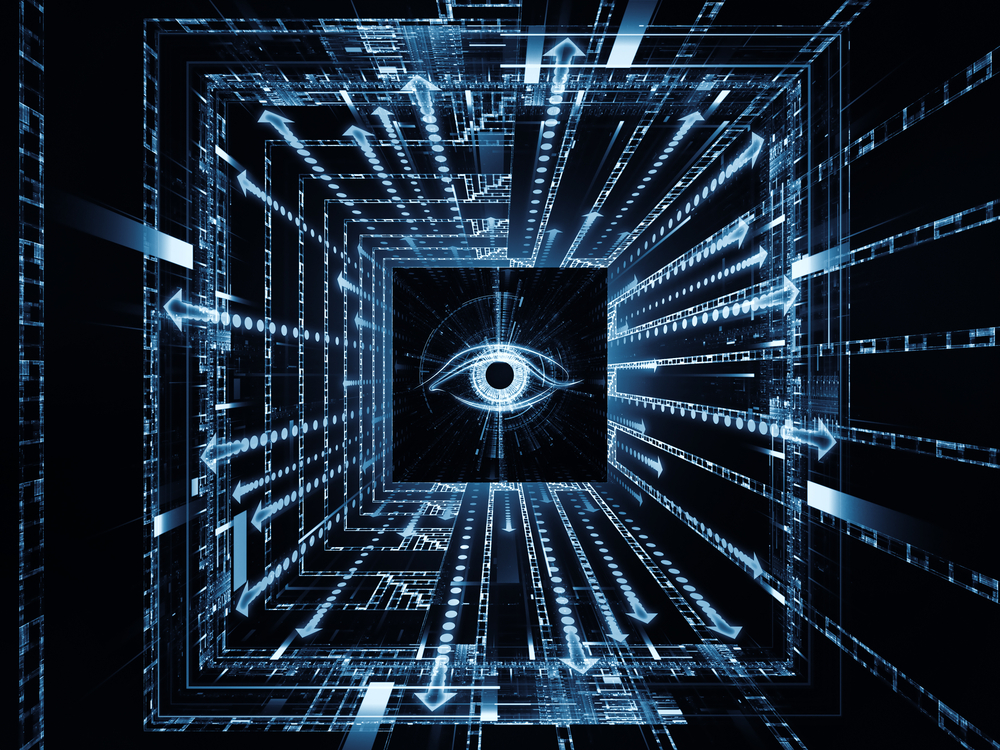
With Computer Vision & Machine Learning we finally have one irrefutable version of the truth.
In my very early days of manufacturing and operations we were taught that the only way to really know what was going on was to walk around the manufacturing floor, warehouses, stockrooms, and shipping and receiving docks. It might even include a stop by the inspection area to see what items were rejected or going through a material review board. Even back in the mid 1970’s, we had computer systems to capture inventory transactions, purchase receipts, and the tracking of shop or work orders on the floor. The problem arose from the timing and accuracy of reporting. It was rare to operate with one integrated system, especially since those were the early days of material requirements planning (MRP) systems. So disparate systems and data processing errors were the norm, not the exception.
The most telling example of the lack of a single source of truth came in running cycle count programs with the goal of validating perpetual inventory levels in the system of record. Anything over 85% was considered a success and in 25 years I never achieved or heard of anyone else achieving 100% accuracy.
Now fast forward 40 years to today with our much more sophisticated systems using bar code and RFID scanning to eliminate manual data entry, and PLC systems to read machine data. Ironically, these advancements have not resolved accuracy problems because systems are even more disparate today with many organizations running a few dozen tools and systems. Also, there are still issues with data consistency and accuracy caused by human error, lack of training, employee turnover, theft, the synchronization of systems, etc.
Computer scientists have rallied around the notion of a single version of the truth (SVOT) to mean an ideal data warehouse with either a single centralized database, or a distributed synchronized database, in which all data is in a consistent and non-redundant form. They have also embraced the notion of single source of truth (SSOT), meaning to obtain data from one place. The problem with both these notions is that they can just as easily be characterized as a single source or version of a lie, or misinformation.1
In his book ‘Data Driven: Profiting from Your Most Important Business Asset’, Thomas Redman says, “A fiendishly attractive concept is…’a single version of the truth’…the logic is compelling, unfortunately, there is no single version of the truth. For all important data, there are…too many uses, too many viewpoints, and too much nuance for a single version to have any hope of success.”2
This is where computer vision based on machine learning can help in very big way to provide one, irrefutable, source and version of the truth. It based on the notion that pictures do not lie. With computer vision, a rapid sequence of time-stamped pictures, sometimes at several images per second capture reality. Unlike closed circuit security cameras that require the user to review hours of pictures, computer vision learns what to watch for and only flags the critical few events of interest. For audit and verification purposes all imagery is available and can be stored for as many months as desired.
In an interesting twist, computer vision is providing all the benefits we were taught to expect from management by walking or wandering around. The problem with the old method is that a human observer could only be in one place at time. Computer vision is management by walking around that watches every area of interest 24X7 without blinking or taking breaks. It thin communicates alerts in real time for exceptions and summarizes all its findings to facilitate continuous improvement.
Computer vision technology is agnostic and can be applied to just about any application. If you can watch events both inside and outside facilities and then record them, computer vision can be taught to do the same and with accuracy approaching 100% and at a fraction of the cost. Unlike human observers, there is complaining about the weather conditions, fatigue, or boredom.
References
-
Chisholm, Malcolm (December 2006), "There is No Single Version of the Truth", Information Management Magazine, retrieved 2010-03-15
-
Vipul Aroh, “Single Version of the Truth – What it means for data quality?”, Verdantis, November 12, 2014
http://blogs.verdantis.com/single-version-truth-data-quality/

